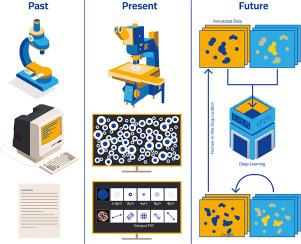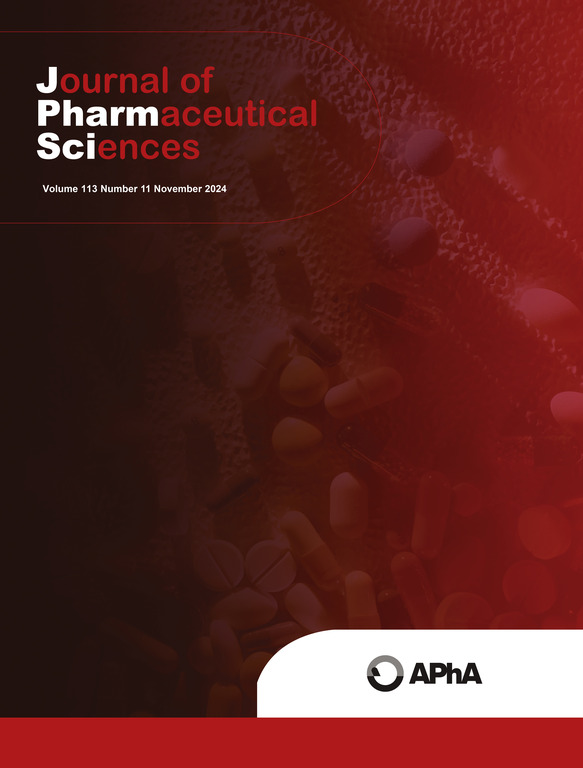Past, Current, and Future: Application of Image Analysis in Small Molecule Pharmaceutical Development
IF 3.7
3区 医学
Q2 CHEMISTRY, MEDICINAL
引用次数: 0
Abstract
The often-perceived limitations of image analysis have for many years impeded the widespread application of such systems as first line characterisation tools. Image analysis has, however, undergone a notable resurgence in the pharmaceutical industry fuelled by developments system capabilities and the desire of scientists to characterize the morphological nature of their particles more adequately. The importance of particle shape as well as size is now widely acknowledged.
With the increasing use of modelling and simulations, and ongoing developments though the integration of machine learning and artificial intelligence, the utility of image analysis is increasing significantly driven by the richness of the data obtained. Such datasets provide means to circumvent the requirement to rely on less informative descriptors and enable the move towards the use of whole distributions. Combining the improved particle size and shape measurement and description with advances in modelling and simulations is enabling improved means to elucidate the link between particle and bulk powder properties.
In addition to improved capabilities to describe input materials, approaches to characterize single components within multicomponent systems are providing scientists means to understand how their material may change during manufacture thus providing a means to link the behaviour of final dosage forms with the particle properties at the point of action.
The aim is to provide an overview of image analysis and update readers with innovations and capabilities to other methods in the small molecule arena. We will also describe the use of AI for the improved analysis using image analysis.

过去、现在和未来:图像分析在小分子药物开发中的应用。
多年来,人们通常认为图像分析在应用上存在局限性,这阻碍了此类系统作为一线表征工具的广泛应用。然而,随着系统功能的发展,以及科学家们希望更充分地表征颗粒形态性质的愿望,图像分析在制药行业又有了显著的发展。颗粒形状和大小的重要性现已得到广泛认可。随着建模和模拟的使用越来越多,以及机器学习和人工智能集成的不断发展,图像分析的实用性在所获得的丰富数据的推动下大幅提高。这些数据集提供了规避依赖信息量较少的描述符的方法,并使我们能够使用整体分布。将改进的粒度和粒形测量与描述技术与建模和模拟技术的进步结合起来,可以更好地阐明颗粒和粉体特性之间的联系。除了提高描述输入材料的能力外,表征多组分系统中单个成分的方法也为科学家提供了了解其材料在制造过程中如何变化的手段,从而提供了将最终剂型的行为与作用点的颗粒特性联系起来的方法。本文旨在概述图像分析,并向读者介绍小分子领域其他方法的创新和功能。我们还将介绍如何利用人工智能改进图像分析。
本文章由计算机程序翻译,如有差异,请以英文原文为准。
求助全文
约1分钟内获得全文
求助全文
来源期刊
CiteScore
7.30
自引率
13.20%
发文量
367
审稿时长
33 days
期刊介绍:
The Journal of Pharmaceutical Sciences will publish original research papers, original research notes, invited topical reviews (including Minireviews), and editorial commentary and news. The area of focus shall be concepts in basic pharmaceutical science and such topics as chemical processing of pharmaceuticals, including crystallization, lyophilization, chemical stability of drugs, pharmacokinetics, biopharmaceutics, pharmacodynamics, pro-drug developments, metabolic disposition of bioactive agents, dosage form design, protein-peptide chemistry and biotechnology specifically as these relate to pharmaceutical technology, and targeted drug delivery.

 求助内容:
求助内容: 应助结果提醒方式:
应助结果提醒方式:


